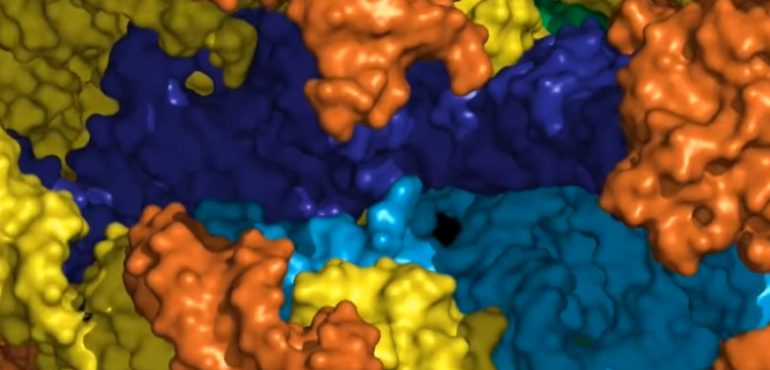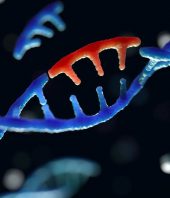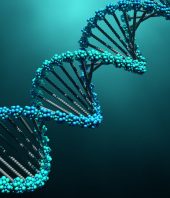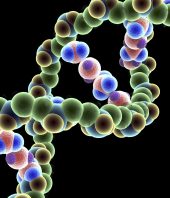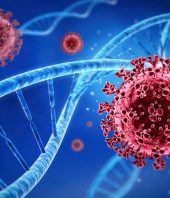The evolution of the ribosome, a large molecular structure found in the cells of all species, has been revealed in unprecedented detail in a new study.
Around 4 billion years ago, the first molecules of life came together on the early Earth and formed precursors of modern proteins and RNA. Scientists studying the origin of life have been searching for clues about how these reactions happened. Some of those clues have been found in the ribosome.
The core of the ribosome is essentially the same in all living systems, while the outer regions expand and become complicated as species gain complexity. By digitally peeling back the layers of modern ribosomes in the new study, scientists were able to model the structures of primordial ribosomes.
“The history of the ribosome is tells us about the origin of life,” said Loren Williams, a professor in the School of Chemistry and Biochemistry at the Georgia Institute of Technology. “We have worked out on a fine level of detail how the ribosome originated and evolved.”
The study was sponsored by the NASA Astrobiology Institute and the Center for Ribosomal Origins and Evolution at Georgia Tech. The results were published June 30 in the journal Proceedings of the National Academy of Sciences.
In biology, the genetic information stored in DNA is transcribed into mRNA, which is then shipped out of the cell nucleus. Ribosomes, in all species use mRNA as a blueprint for building all the proteins and enzymes essential to life. The ribosome’s job is called translation.

